Request a Quote
Healthcare
- Home
- Industries
- Healthcare
In the ever-changing healthcare market from at-home medical devices to antimicrobial properties and medical grade materials, we work with you to help meet strict industry regulations. Many of our medical grade thermoplastics can withstand various sterilization methods, including autoclave, gamma, e-beam and EtO. Some materials are potentially biocompatible and adhere to healthcare management change policies.
We work with you to help comply with the following regulations:
We also offer medical grade materials that are:
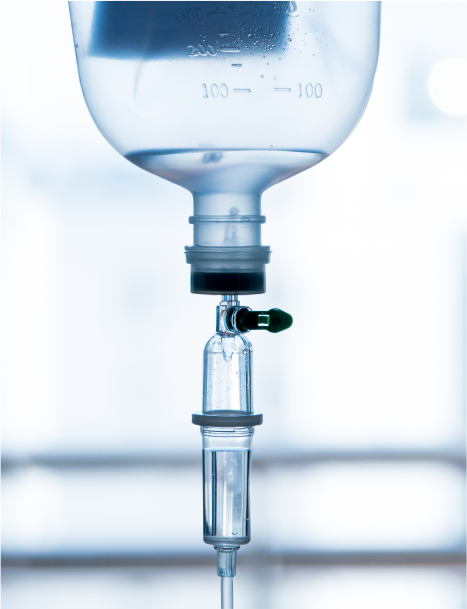
What are some applications that use thermoplastics in the healthcare industry?
Plastics have been used widely to create medical tools and devices like surgical gloves, syringes, prosthetics, insulin pens, IV tubes, catheters, inflatable splints, etc. Many applications that use plastics are designed to help prevent the spread of disease and germs.
What are common plastics that can be used for medical device applications?
Many medical device housings are made from ABS, PC/ABS and PC/PET.
What are some features of medical grade plastics?
Medical grade plastics typically have properties that meet certain regulatory guidelines and characteristics, including chemical resistance, durability, antimicrobial properties, flame retardancy, clarity, impact resistance, indoor UV stability, and colorability.
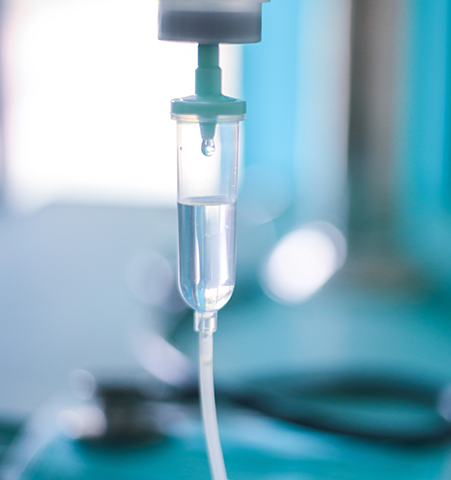
These applications require a high level of sterility, biocompatibility, chemical resistance, clarity, as well as low extractables for auto-injectors, inhalers, syringes, catheters, tubing, lures and drip chambers.
What types of plastics are commonly used in fluid and drug delivery applications?
Many different plastics may be used in fluid and drug delivery applications, including
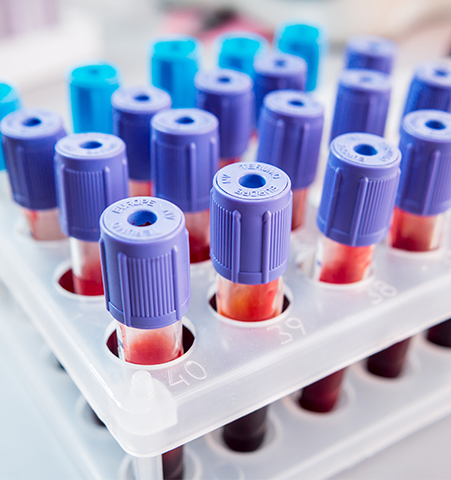
For extra-corporeal systems, blood collection, separation and filtration, and storage applications, we can help you identify material options that offer biocompatibility, chemical resistance, clarity, sterility, and good flow for processing.
What certifications do you need for plastics in blood care?
Certifications required for plastics used in blood care applications may include pre-market notification (510K), pre-market approvals (PMA), CFR21 device classification, ISO-10993 & US Pharmacopeia Class VI, FDA device Classification (Class - I, II) approvals, and Master Drug File (DMF).
What are the most common types of plastics used in cardiovascular and blood care applications?
PC, PC alloys, PMMA, and PS are often the most common types of plastics used in cardiovascular and blood care applications.
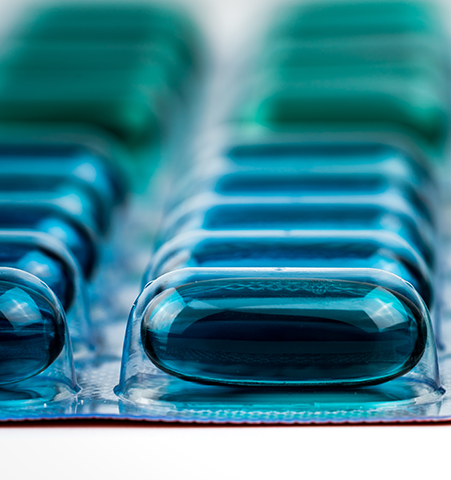
Our healthcare thermoplastics can help protect packaged products from moisture, light, oxygen, and contaminants. Primary and secondary applications include packaging for pharmaceuticals and medical devices – such as, closures, pouches, and prefilled syringes. Sustainable packaging solutions are also available to help you meet your sustainability targets.
What are common plastics used for pharmaceutical packaging?
PS, PE, PP, and TPEs are commonly found in pharmaceutical packaging.
What are the benefits of using plastic for pharmaceutical packaging?
Plastics are often used in pharmaceutical packaging due to sterilizability, sealing and barrier properties, clarity, and cost effectiveness.

Applications that can benefit from using plastics include petri dishes, pipettes, cryogenic storage tubes, droppers, and specimen analysis equipment.
What are the benefits of using plastics in labware and diagnostics?
Thermoplastics can deliver required properties for these applications, including low-temperature resistance, low-protein binding, clarity, rigidity, and sterility.
What are common types of plastics used in labware?

Monitoring and imaging devices comprise a diverse range of applications from hand-held and small devices, such as pulse oximeters and blood pressure monitors, to larger transportable devices, like ultrasound and anesthesia delivery, to very large stationary equipment, including X-ray, CT, MRI, and PET imaging machines.
What types of plastics can be used in monitoring devices and imaging healthcare applications?
PC, PC/ABS, PC PBT, ABS are all types of plastics that can be found in monitoring devices and imaging healthcare applications. Our experts can help you identify thermoplastics that provide a variety of required properties, including chemical resistance, durability, flame retardancy, impact resistance, indoor UV stability, and colorability, to meet your application needs.

We offer materials that deliver colorability, sterility, strength, and weight for non-woven disposable applications, including diapers, incontinence products, surgical disposal gowns (PPE), face masks, and feminine hygiene products.
What are the benefits of using plastics in non-woven disposables?
Flexibility, costs, and disposability are often the main benefits of using plastic in non-woven disposables.
What plastics are commonly used for non-woven disposables?
The most commonly used plastics for non-woven disposables are PE, PP, and PET.
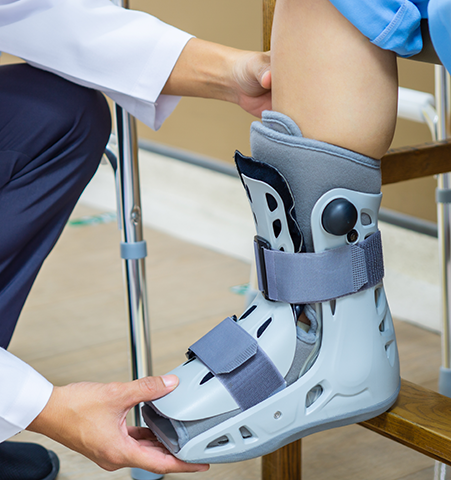
Bone cement mixers, external bone fixation devices, instrument handles, trays and cases require thermoplastics that deliver biocompatibility, sterility, dimensional stability, impact, and chemical resistance and colorability.
What are some characteristics and properties of plastics used in orthopedics?
Strength, toughness and stiffness, and skin contact are excellent characteristics of orthopedic plastics.
What types of plastics are used for orthopedic devices?
Nylon, glass filled nylon, PC/PBT, PC/ABS, and TPU’s can often be excellent choices for orthopedic plastic devices.
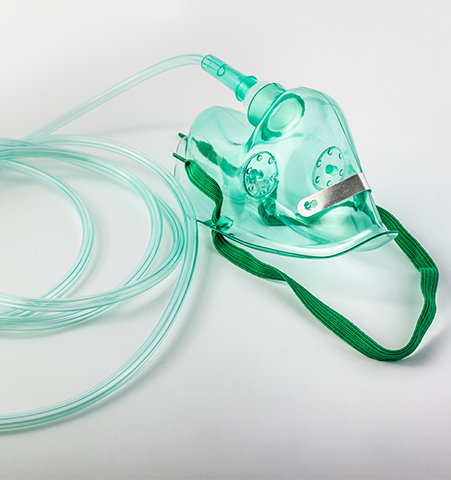
Our plastics solutions for respiratory therapy applications can provide characteristics like soft touch, comfort, and durability. Common applications include respiratory masks, ventilators, CPAP devices, nebulizers, and tracheal tubes.
Why are plastics used in respiratory devices?
Plastics are used to help prevent environmental stress cracking and deliver on required properties including, clarity, toughness, flexibility and stiffness, bondable, chemical resistance, breathable, antimicrobial properties, no or low migrating leachable emitting, overall cost effectiveness, and recyclability.
What types of plastics are generally used in respiratory therapy?
Common plastics for respiratory therapy applications include clear PVC, PMMA, PS, and TPEs.
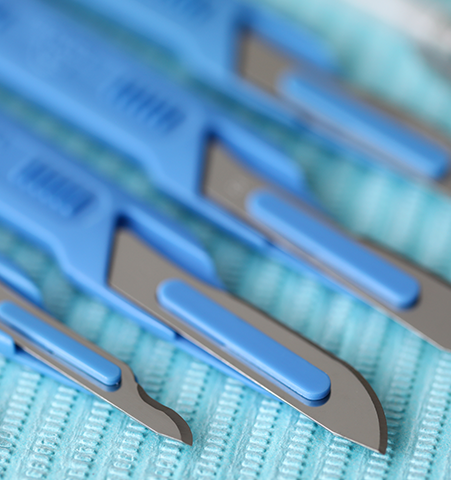
As surgical devices, including trocars, retractors, speculums, forceps, and electrosurgical instruments, become smaller and more complex, we offer material solutions that can provide strength, durability, and freedom of design for miniaturized instruments.
What certifications do you need for plastics that are used in surgical instruments?
Common certifications for plastics that are used in surgical instruments may include pre-market notification (510K), pre-market approvals (PMA), CFR21 device classification, ISO-10993 & US Pharmacopeia Class VI, FDA device Classification (Class - I, II) approvals, and Master Drug File (DMF).
What are the common properties of plastics used in surgical devices?
Properties of plastics for surgical devices often include chemical resistance, lipid resistance, sterilizability, toughness, impact resistance, clarity, and USP class VI approvals.